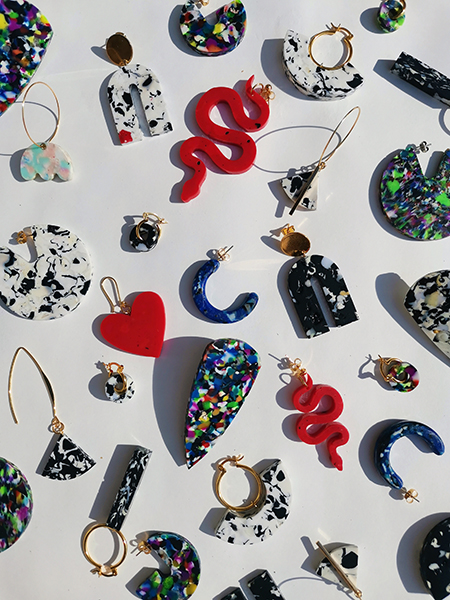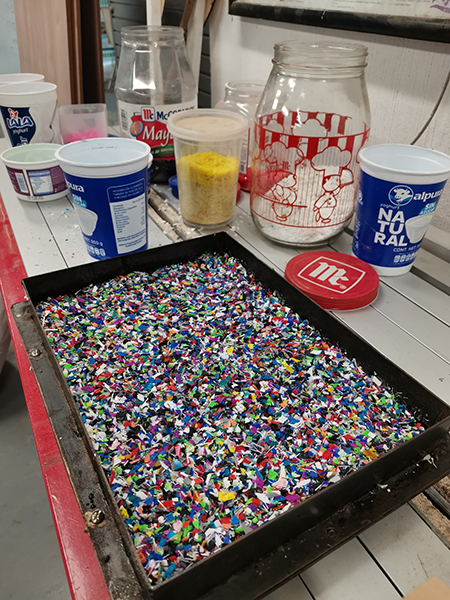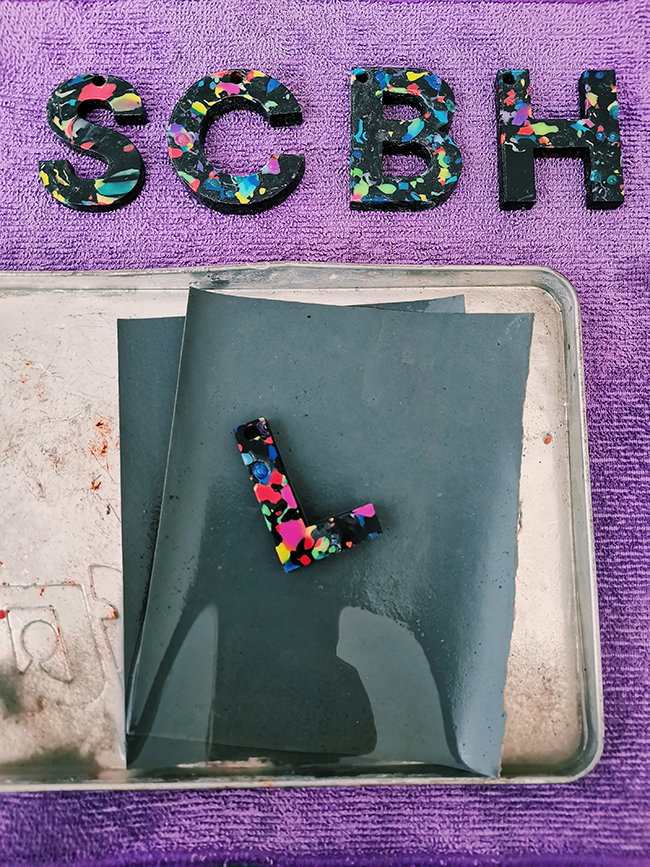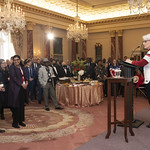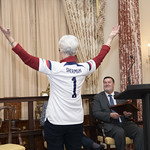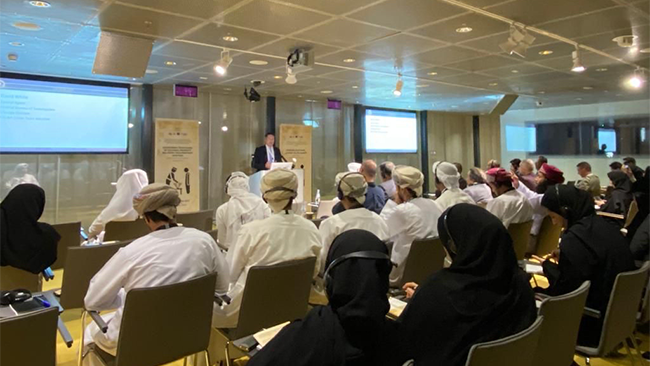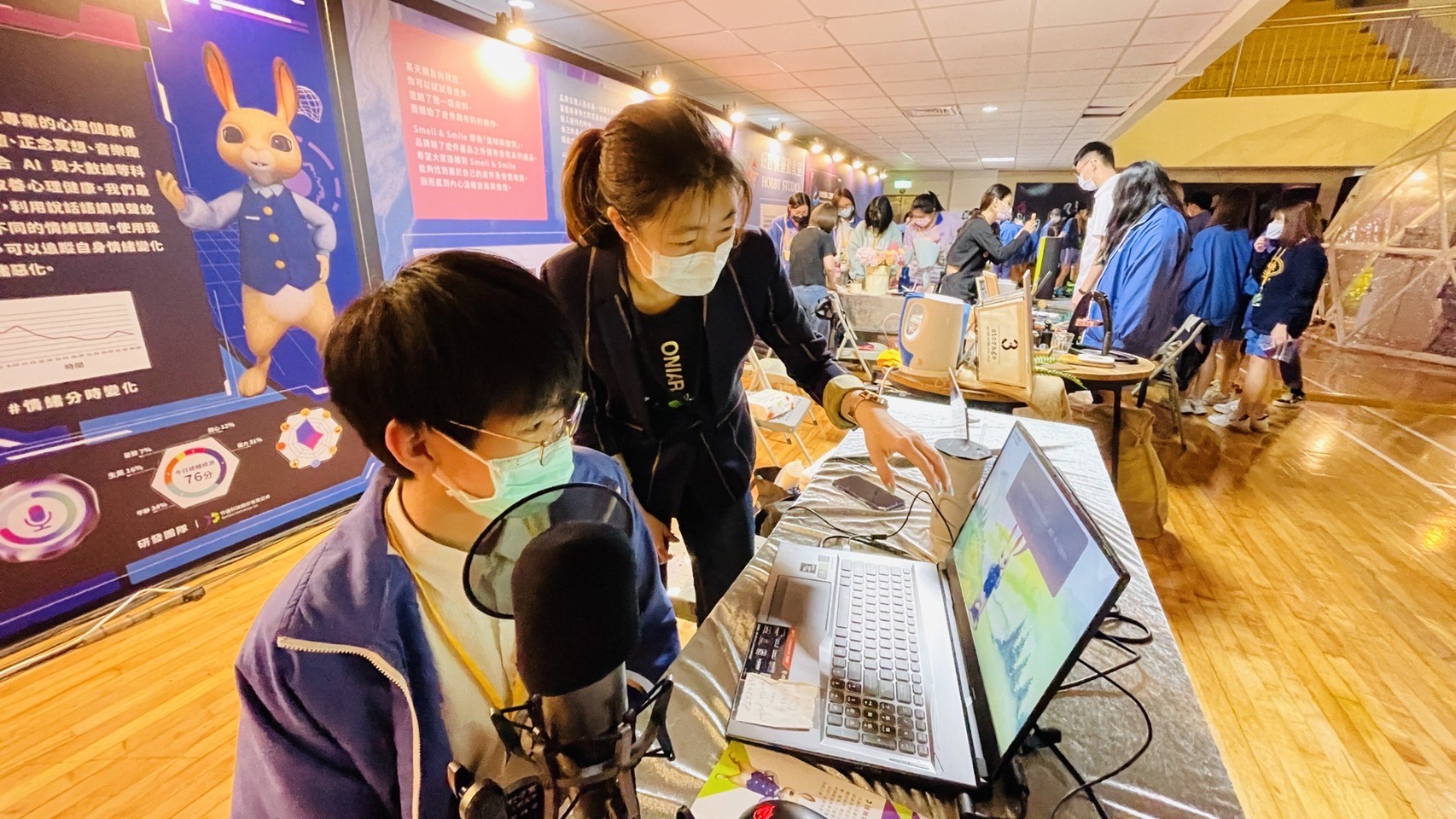The Cultural Property Advisory Committee intends to meet January 30 - February 2, 2023 to review (1) extending and amending the cultural property agreement with the Government of Cambodia, (2) to review a new request from the Government of North Macedonia, and (3) to review a new request from the Government of Uzbekistan for cultural property import restrictions. The Committee invites public comment on these proposals.
Please scroll down for videoconference details to join the open session of the Committee meeting.
The State Department follows the Convention on Cultural Property Implementation Act (CPIA) when considering cultural property agreements and import restrictions. Requested categories of material will be considered if they meet the criteria for archaeological and ethnological materials in the CPIA.
North Macedonia’s Request
The Government of North Macedonia seeks import restrictions on archaeological and ethnological materials ranging from 300,000 BC to the 20th century AD, including from the prehistoric periods (Paleolithic, Neolithic, Chalcolithic, Bronze Age, Iron Age), classical antiquity (Classical, Hellenistic, Roman, and Late Roman periods), Medieval (Byzantine and Post-Byzantine periods), the Ottoman Period including the 19th century North Macedonian Revival and the Modern Era. Requested archaeological material includes ceramics; stone; metal objects including coins; bone and ivory; and glass and faience; dating from the Paleolithic to the Ottoman Period.
Requested ethnological material includes three overarching categories: (1) Ethnological religious objects (Christian and Islamic) in stone, metal, ceramic, bone, ivory, wood, glass, textile, parchment, paper, and paintings from the 2nd century to the 20th century AD; (2) Artistic objects including vessels, monuments, and sculpture in ceramic, stone, metal, and wood; paintings; and mosaics from the 3rd century to the 20th century AD; and (3) ethnographic objects such as vessels, sculpture, monuments, tools, ornaments, musical instruments, clothing and other textiles, bags, and pipes from the 18th century to the 1950s AD.
Cambodia’s Request
The Government of Cambodia seeks an extension of current import restrictions on archaeological material and an amendment of the cultural property agreement to include new categories of archaeological and ethnological materials. Newly requested archaeological material includes stone (e.g., sculpture, architectural materials, stelae, brick sculpture, jewelry, and stone tools); metal (e.g., statues, ritual and domestic objects, architectural materials, musical instruments, weapons and tools, and coins); ceramics (e.g., sculptures and vessels); glass beads; bone objects; and wood (e.g., architectural materials and sculpture) dating from the Pre-historical periods (circa 2500 BC) through AD 1750 from the entirety of Cambodia. This amendment also includes the archaeological objects of ethnic and religious minority cultures found throughout Cambodia.
Ethnological material requested dates from AD 1400 through 1891, and includes architectural elements from religious buildings (e.g., wooden doors and carved panels); sculpture (e.g., wooden figures and often decorated with lacquer, gold leaf, paint, and/or incrustations of glass); manuscripts (e.g., handwritten works on paper and/or palm leaf); funerary objects (e.g., ceramic or stone urns or wooden urns); and religious objects (e.g., bells, chariot fixtures, popil, musical instruments, and betel containers often made from bronze).
Uzbekistan’s Request
The Government of Uzbekistan seeks import restrictions on archaeological material dating from the Paleolithic period (50,000 BCE) to the 18th century CE and including the following periods, styles, and cultures: Paleolithic, Mesolithic, Neolithic, Ancient Bactrian, Korezm/Khorezm, Seleucid, Kangjiuy, Kushan, Greco-Bactrian, Ephthalite/Hephthalite, Turkic, Somanite/Samanid, Karakhanid, Korezmsakh/Khorezmsakh, Mongol, Timurid, Bukhara, Kiva/Khiva, and Uzbek periods. This material includes stone; ceramics, faience, and fired clay; metal; plaster, stucco, and unfired clay; painting; ivory and bone; glass; leather, birch bark, vellum, parchment, and paper; textiles; wood, shell, and other organic material; and human remains.
Requested ethnological material date from the 7th century CE to 1917 CE and come from the Early Islamic, Middle Islamic, and Uzbek periods. This material includes weapons of historical, artistic, scientific and other cultural value; artworks containing precious metals and precious stones; objects and their fragments; completely handmade paintings and drawings on any basis and from any materials; sculptural works made of any materials, including relief paintings; original artistic compositions and montages made of any materials; artistically decorated objects for the purpose of worship; engravings, prints, lithographs, xylographs, other types of graphics and their original printed forms; practical and decorative works of art (art objects made of glass, clay, wood, metal, bone, fabric and other materials); traditional folk arts and crafts; components and fragments of architecture, history, artistic monuments and monumental art monuments; books, as well as printed works of historical, scientific, artistic, and literary significance; unique manuscripts and documentary monuments, archival documents; musical instruments; coins, bonistics, orders, medals, seals, postcards (envelopes), postage stamps, numismatics, phaleristics, and other collectibles; objects important for branches of science such as mineralogy, paleontology, anatomy; household and scientific equipment and tools; and other movable objects, including copies of historical, scientific-artistic or other cultural significance, as well as copies protected by the state as historical and cultural monuments.
Public Comments
The public may provide written comment in advance of the meeting and/or register to speak in the virtual open session scheduled for January 30, 2023, at 4:00 p.m. EST.
Public comments on the cultural property agreements should focus on the four determinations in the CPIA.
How to submit written comments: Use https://www.regulations.gov/document/DOS-2022-0048-0001, and follow the prompts to submit written comments for Docket DOS-2022-0048-0001. Written comments must be submitted no later than January 23, 2023, at 11:59 p.m. EST.
How to make oral comments: Make oral comments during the virtual open session on January 30, 2023 (instructions below). Requests to speak must be submitted no later than January 23, 2023.
Join the Virtual Open Session
The virtual open session of the Committee meeting will be held on January 30, 2023, at 4:00 p.m. (EST) by videoconference.
To Speak: Registered participants can speak and may be asked questions by the Committee. If you wish to register to speak you must submit your name and organizational affiliation in an email request to culprop@state.gov by January 23. After you pre-register you will receive an email response with a unique link and instructions on how to participate. Due to time constraints, each participant will have no more than five minutes to speak.
To Observe: Anyone may observe the open session through WebEx, but they will not be able to speak. It is not necessary to pre-register to observe. If needed, please request reasonable accommodation by email to culprop@state.gov no later than January 23. It may not be possible to fulfill requests made after that date.
Webex Information:
https://statedept.webex.com/statedept/j.php?MTID=m58327dbc610e99a8ff17bcdb2568b2f8
Webinar number:
2764 165 0640
Webinar password:
JvFRb453834 (58372453 from phones)
Join by phone
+1-415-527-5035 USA toll
+1-929-251-9612 USA Toll 2
Access code: 276 416 50640



